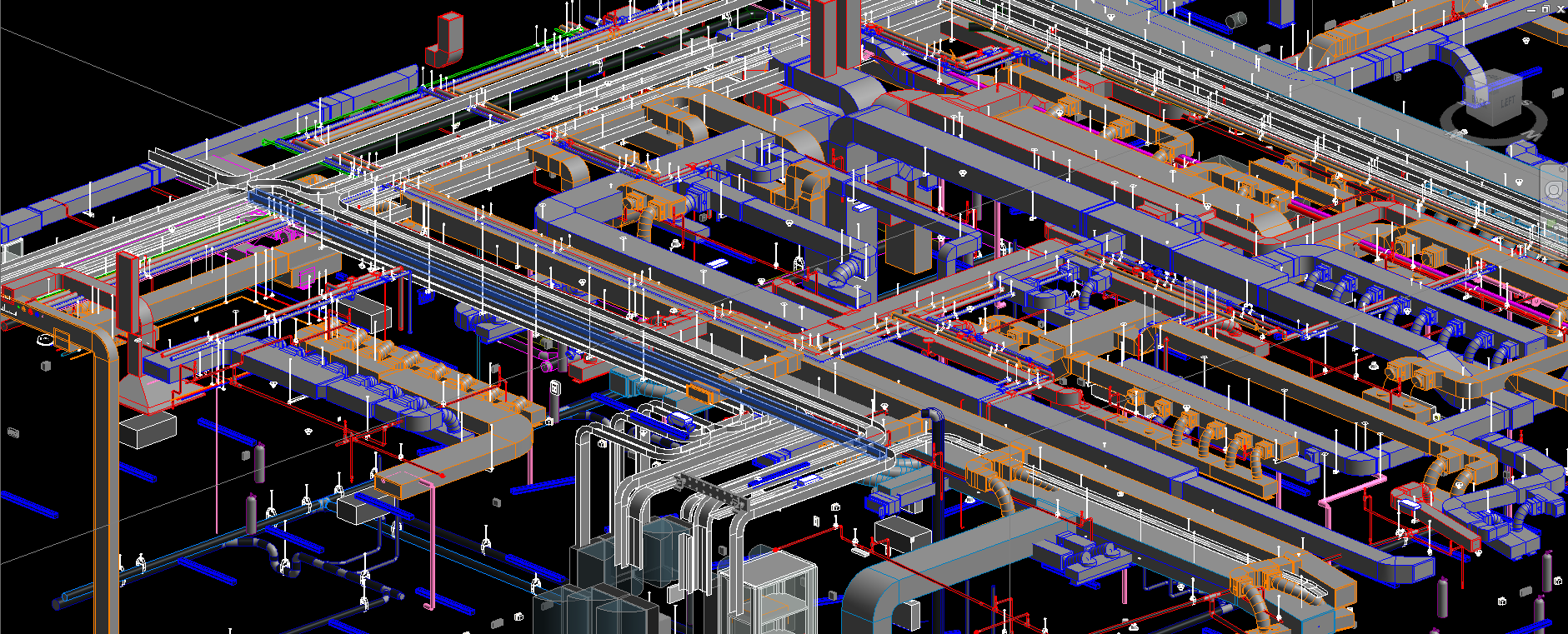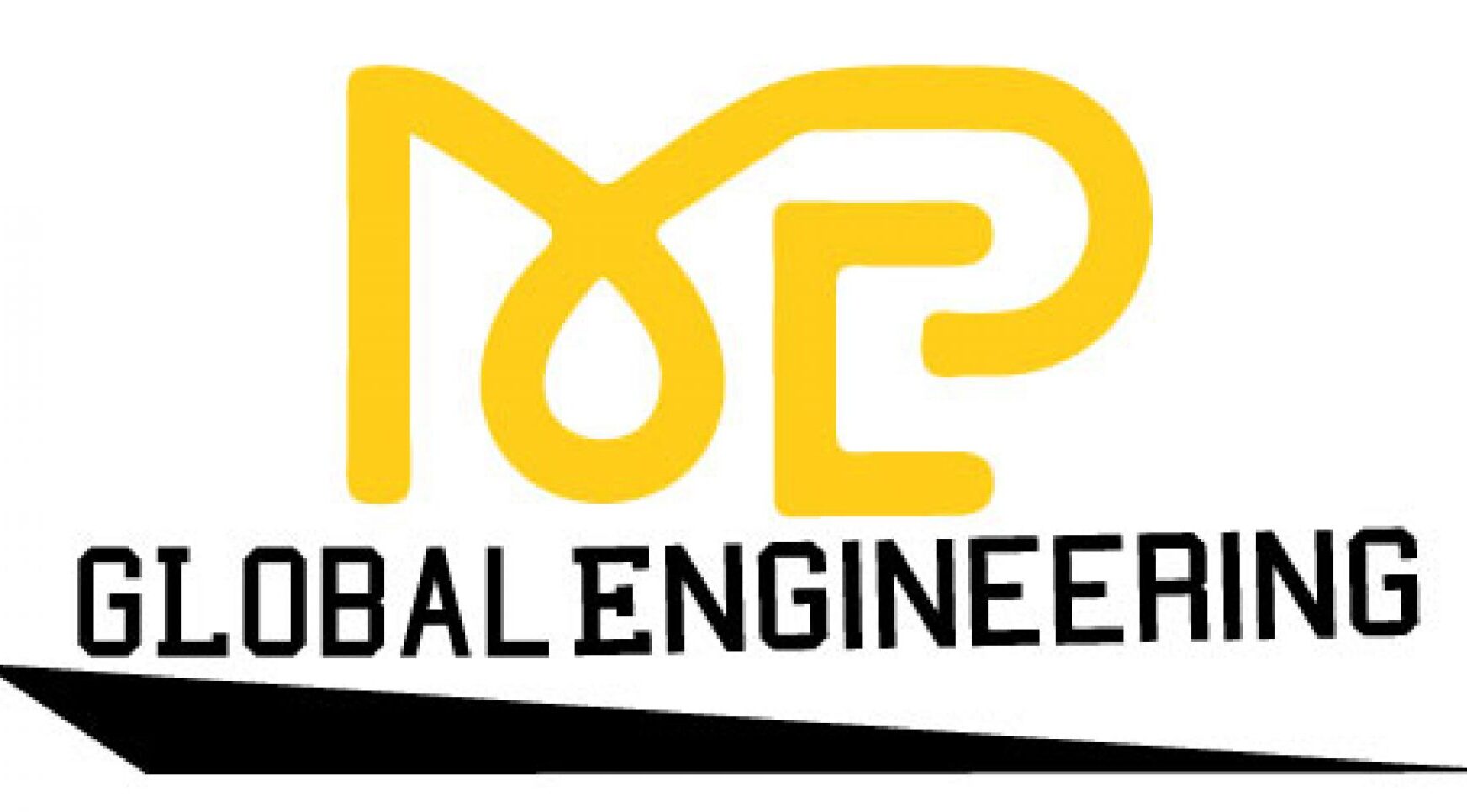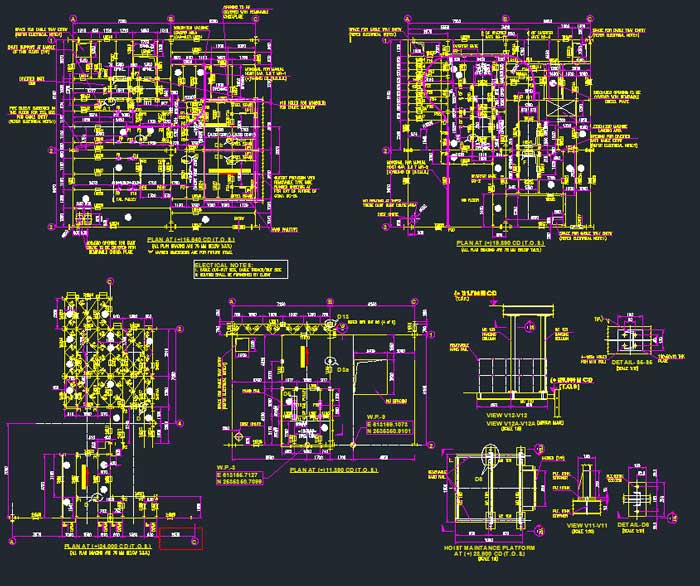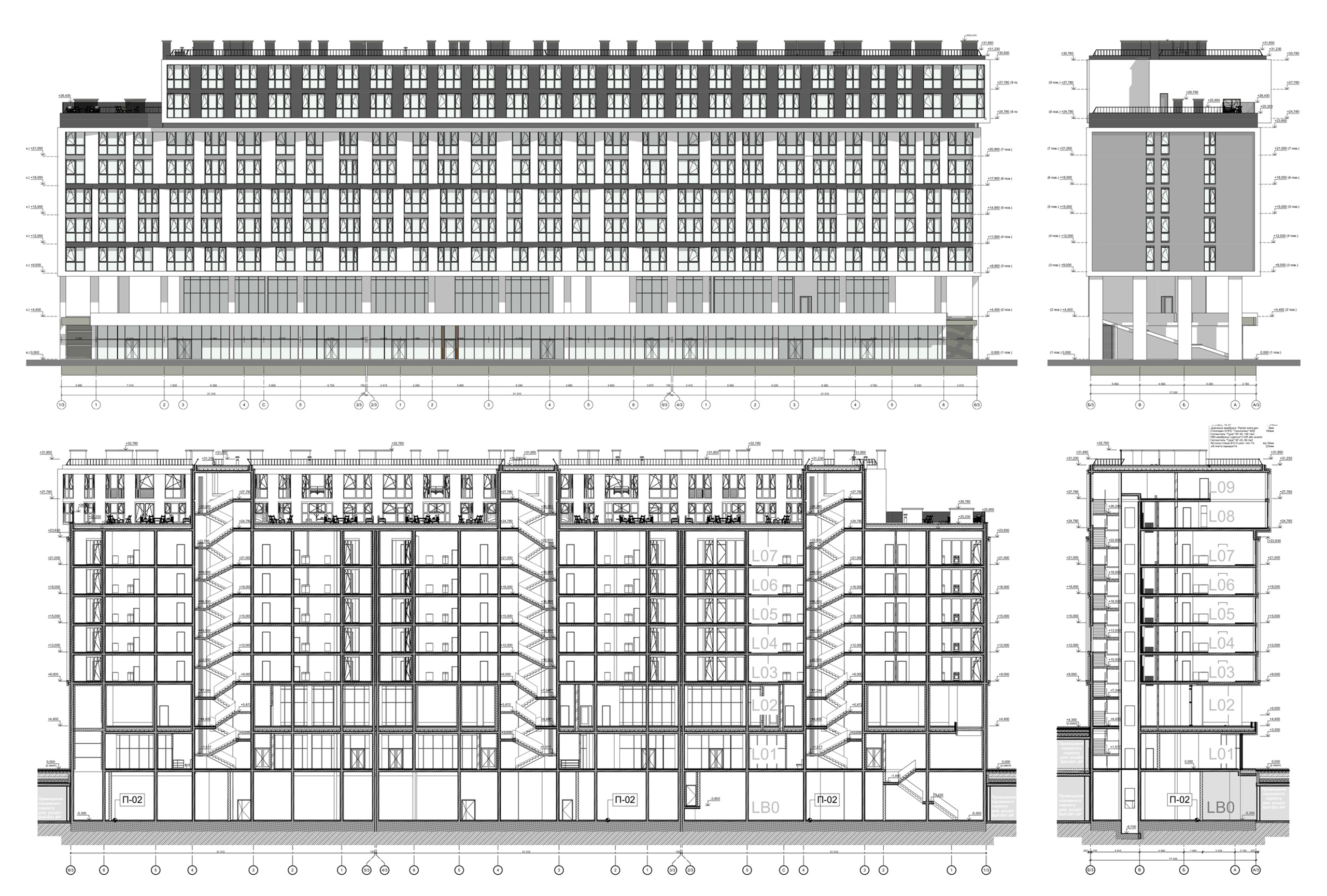
Benefits of MEP 3D Modeling in Construction Projects
Benefits of MEP 3D Modeling in Construction Projects for Unmatched Efficiency and Precision
MEP 3D modeling is a transformative approach in construction projects, delivering substantial benefits that streamline the entire process from design through to maintenance. By integrating MEP 3D modeling, teams can significantly enhance coordination among various disciplines, minimizing clashes and discrepancies before they manifest on-site. This proactive approach not only saves time but also reduces costs associated with rework and material waste.
The precision of 3D models facilitates more accurate budgeting and scheduling, ensuring projects stay on track and within financial constraints. It empowers stakeholders with clear visualizations that improve decision-making processes and enhances communication across all project phases. In a rapidly evolving industry, adopting MEP 3D modeling is not just advantageous—it’s essential for maintaining competitiveness and achieving success in modern construction endeavors.
Here’s how each of these benefits plays a crucial role in enhancing project outcomes:
Enhanced Visualization:
With 3D visualization, stakeholders can see realistic models of mechanical, electrical, and plumbing systems, which helps in better understanding the project layout and foreseeing potential issues in the design phase. This proactive approach significantly reduces the likelihood of costly changes during construction by identifying conflicts and inefficiencies early on. The ability to visualize complex systems in three dimensions empowers decision-makers to make informed choices, improve collaboration among teams, and streamline communication across various departments. Ultimately, investing in 3D visualization technology is not just a modern enhancement but a necessary step towards optimizing project outcomes and ensuring operational success.
Improved Coordination:
Coordination is key in construction, and MEP 3D modeling allows for the integration of all MEP systems within a single model. This integration ensures that all systems work together without clashes, leading to a smoother construction process. and minimizing costly delays. By utilizing MEP 3D modeling, project teams can identify and resolve potential issues early in the design phase, reducing the risk of on-site conflicts. This proactive approach not only enhances efficiency but also improves overall project accuracy and quality. Additionally, MEP 3D modeling facilitates better communication among stakeholders by providing a clear visual representation of how systems will coexist within a structure. This transparency allows for informed decision-making and ensures that everyone involved is on the same page. It is essential for modern construction projects to adopt these advanced modeling techniques to remain competitive and deliver projects on time and within budget. Embracing MEP 3D modeling is no longer optional; it is a critical component of successful project execution in today’s fast-paced construction industry.
Enhanced Design Quality:
3D modeling tools enable designers to produce more precise and higher quality designs. These tools facilitate more informed decision-making, leading to optimal system performance and aesthetics. By leveraging 3D modeling tools, designers can drastically reduce the time spent on iterations and revisions, ultimately accelerating the entire design process. These tools also allow for thorough testing and simulation of designs in virtual environments, minimizing errors and costly physical prototypes. Furthermore, the enhanced visualization capabilities give stakeholders a clearer understanding of potential outcomes, ensuring that all parties involved are on the same page from concept to execution. It is essential for any forward-thinking organization to adopt these state-of-the-art technologies to stay competitive in today’s fast-paced market.
Accurate Documentation:
MEP 3D modeling generates detailed and accurate documentation of all systems. This documentation is essential for construction accuracy, future maintenance, and upgrades. and ensures that all stakeholders have a clear understanding of the project’s intricacies. It minimizes errors and reduces costly reworks by providing precise schematics and comprehensive visuals. Utilizing 3D modeling in MEP design not only enhances collaboration among teams but also accelerates the decision-making process, leading to more efficient project timelines. By adopting this technology, we position ourselves at the forefront of innovation in construction, guaranteeing quality outcomes and client satisfaction.
Cost Efficiency:
By identifying potential issues early through clash detection and improved coordination, MEP 3D modeling significantly reduces the need for costly mid-construction changes and delays. This proactive approach not only streamlines the construction process but also enhances overall project efficiency, saving both time and money. MEP 3D modeling enables teams to address conflicts and optimize designs before ground is ever broken, ensuring that resources are used effectively. By investing in this technology upfront, projects can maintain their timelines and budgets with greater accuracy, ultimately delivering higher quality outcomes that meet client expectations without unexpected setbacks.
Improved Team Collaboration:
A single, detailed model of all MEP systems enhances communication among team members, which is crucial for project success. Everyone from architects to engineers to construction managers can work collaboratively. by accessing a centralized source of information. This integration ensures that all parties have the latest updates and can address potential issues before they escalate, reducing the risk of costly errors or delays. Furthermore, a unified model streamlines decision-making processes and promotes transparency, facilitating a smoother workflow across all stages of the project. This approach not only saves time but also optimizes resource allocation, ultimately contributing to more efficient and successful project outcomes.
Simplified Construction:
With a clear plan in place, construction teams can follow a streamlined process, reducing the time and labor involved in building complex systems.
Mechanical, Electrical, and Plumbing Systems:
Detailed modeling of these systems ensures that each is designed with precision, meets all regulatory compliance standards, and is optimized for performance and cost.
Coordination with Architectural and Structural Models:
MEP models are often integrated with architectural and structural models to ensure a holistic building approach. This coordination is vital for the structural integrity and functional efficiency of the building.
Clash Detection:
One of the most significant advantages of MEP 3D modeling. It allows for the early detection of interferences between different systems, preventing problems during construction.
Detailed Documentation:
Provides all parties with comprehensive plans and elevations, system specifications, and installation details, enhancing the quality and accuracy of the construction work.
3D Visualization:
Offers a three-dimensional view of the building systems, providing a tangible way to assess and refine systems before construction begins.
Lifecycle Management:
Facilitates the management of building systems from design through to demolition, including operation, maintenance, and compliance tracking.
Energy Analysis:
Enables the simulation of energy use within the building, helping to optimize energy consumption and reduce costs.
BIM Integration:
MEP 3D modeling can be integrated into Building Information Modeling (BIM) systems, enhancing the data continuity from design to maintenance, which supports sustainable building practices and operational efficiency.
The ability of MEP BIM Services to coordinate multiple systems in a single model is a major benefit. By reducing conflicts between different fields, this integration lowers rework expenses during the building stage. This streamlined coordination enhances overall project efficiency and reduces the likelihood of costly delays. By ensuring that electrical, plumbing, and HVAC systems are seamlessly integrated from the outset, MEP BIM Services help prevent design discrepancies that can lead to significant setbacks. This proactive approach not only saves time but also optimizes resource allocation, allowing projects to stay on schedule and within budget. Embracing these services is essential for any modern construction project aiming for precision and quality outcomes.
In conclusion, MEP 3D modeling is not just a technological enhancement but a necessity in modern construction projects that seek efficiency, accuracy, and sustainability. It empowers all project stakeholders to achieve better outcomes through improved collaboration, planning, and execution.




Why Adopting BIM is Non-Negotiable for Forward-Thinking Firm
[…] Consulting ServicesBIM ServicesHVAC BIM Modeling ServicesMEP BIM Modeling Services Previous Post Benefits of MEP 3D Modeling in Construction Projects Next Post Step-by-Step Guide to […]